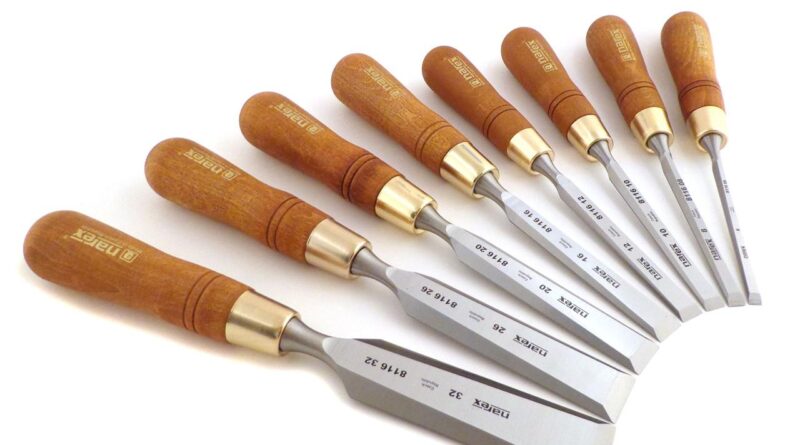Woodworking Chisels: The Ultimate Guide

Woodworking Chisels: The Ultimate Guide
Introduction
Woodworking chisels are essential tools for any woodworker, regardless of their skill level. They are used for a wide variety of tasks, from roughing out shapes to creating fine details. In this article, we will discuss the different types of woodworking chisels, their uses, and how to choose the right chisel for the job.
Types of Woodworking Chisels
There are many different types of woodworking chisels, each with its own unique purpose. The most common types of chisels include:
- Bench chisels: Bench chisels are the most versatile type of chisel and can be used for a wide variety of tasks. They are typically made from high-carbon steel and have a beveled edge.
- Paring chisels: Paring chisels are smaller than bench chisels and have a thinner blade. They are used for more delicate work, such as carving and shaping.
- Mortise chisels: Mortise chisels are used for cutting mortises, which are square or rectangular holes in wood. They have a wide blade and a beveled edge.
- Skew chisels: Skew chisels have a blade that is angled to the handle. They are used for cutting curves and other intricate shapes.
- Gouges: Gouges are similar to skew chisels, but they have a curved blade. They are used for carving and shaping.
Uses of Woodworking Chisels
Woodworking chisels can be used for a wide variety of tasks, including:
- Roughing out shapes: Chisels can be used to rough out the shape of a piece of wood before using other tools to refine the shape.
- Creating fine details: Chisels can be used to create fine details, such as carvings and moldings.
- Cutting mortises and tenons: Chisels are used to cut mortises and tenons, which are used to join pieces of wood together.
- Shaping curves: Chisels can be used to shape curves, such as those found on furniture and other objects.
- Carving: Chisels can be used to carve wood, creating intricate designs and patterns.
How to Choose the Right Woodworking Chisel
When choosing a woodworking chisel, there are a few things to consider:
- The type of task you will be using the chisel for: Different types of chisels are designed for different tasks. For example, bench chisels are good for general-purpose work, while paring chisels are better for more delicate work.
- The size of the chisel: The size of the chisel will depend on the size of the task you will be using it for. For example, a small chisel is good for carving, while a larger chisel is better for roughing out shapes.
- The material the chisel is made from: Chisels are typically made from high-carbon steel or alloy steel. High-carbon steel chisels are harder and hold an edge better, but they are also more brittle. Alloy steel chisels are tougher and less likely to break, but they do not hold an edge as well as high-carbon steel chisels.
How to Use Woodworking Chisels
Using woodworking chisels safely and effectively requires practice. Here are a few tips to help you get started:
- Always wear safety glasses when using chisels.
- Use a sharp chisel. A sharp chisel will cut more cleanly and safely than a dull chisel.
- Hold the chisel correctly. The correct way to hold a chisel is with your thumb on the top of the handle and your fingers wrapped around the sides.
- Use a mallet or hammer to strike the chisel. Do not use your hand to strike the chisel, as this could cause injury.
- Control the chisel with your other hand. Use your other hand to guide the chisel and prevent it from slipping.
- Be patient. Chiseling takes time and practice. Don’t get discouraged if you don’t get the results you want right away.
Care and Maintenance of Woodworking Chisels
Woodworking chisels require regular care and maintenance to keep them in good condition. Here are a few tips:
- Keep your chisels sharp. A sharp chisel will cut more cleanly and safely than a dull chisel. Sharpen your chisels regularly using a whetstone or a sharpening system.
- Protect your chisels from rust. Chisels can rust if they are not properly cared for. Wipe your chisels down with a clean cloth after each use and store them in a dry place.
- Lubricate your chisels. Lubricating your chisels will help to prevent them from rusting and will also make them easier to use. Apply a light coat of oil to your chisels before each use.
Conclusion
Woodworking chisels are essential tools for any woodworker. They can be used for a wide variety of tasks, from roughing out shapes to creating fine details. By choosing the right chisel for the job and using it safely and effectively, you can create beautiful and functional woodworking projects.
5 Best Woodworking Chisels for Precision and Versatility
1. Narex Premium Bevel Edge Chisel
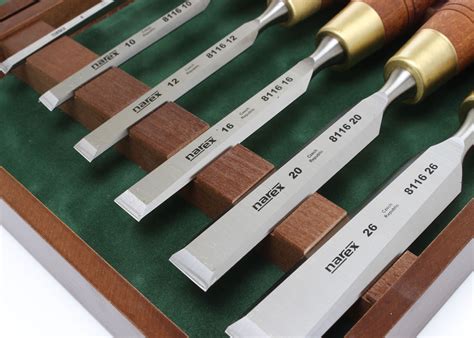
- Features:
- High-quality carbon steel blade with a 25-degree bevel angle
- Durable beechwood handle for a comfortable grip
- Ideal for general woodworking, carving, and joinery
2. Veritas Bevel Edge Chisel
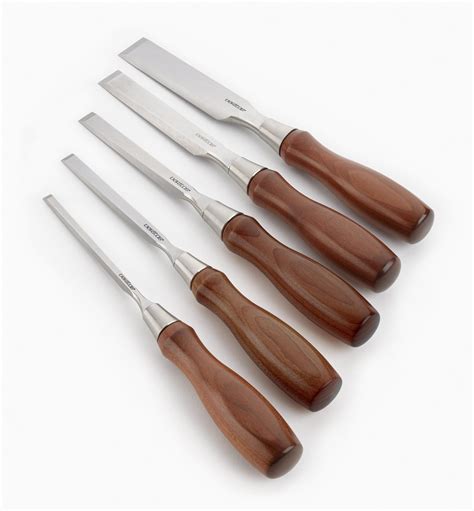
- Features:
- Cryogenically treated A2 steel blade for exceptional edge retention
- Ergonomic handle with a brass ferrule for durability
- Suitable for both fine and heavy-duty woodworking tasks
3. Lie-Nielsen Bevel Edge Chisel
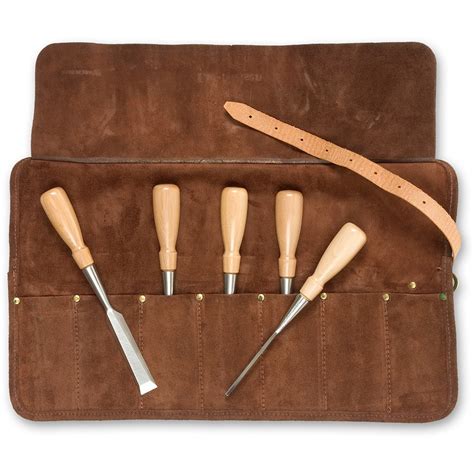
- Features:
- Premium O1 tool steel blade with a 25-degree bevel angle
- Rosewood handle for a classic and comfortable feel
- Excellent for precision joinery, carving, and fine woodworking
4. Pfeil Swiss Made Gouge Chisel
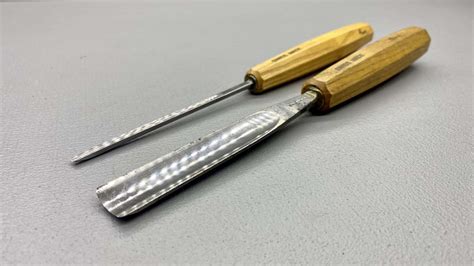
- Features:
- High-carbon steel blade with a curved profile for sculpting and carving
- Swiss-made craftsmanship for exceptional quality and precision
- Ideal for carving spoons, bowls, and other curved surfaces
5. Bench Dog Tools Dovetail Chisel
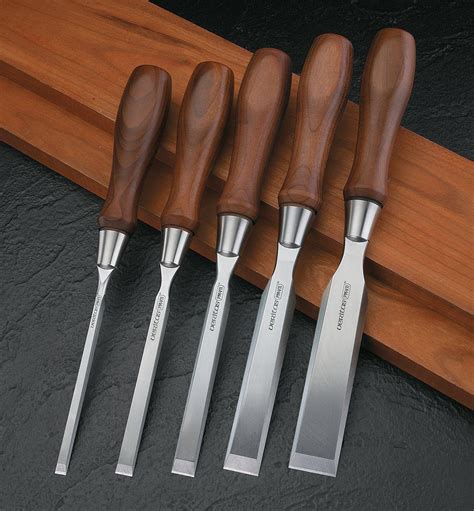
- Features:
- Specialized chisel designed for cutting dovetail joints
- High-quality steel blade with a 14-degree angle for precise cuts
- Ergonomic handle for comfort and control
